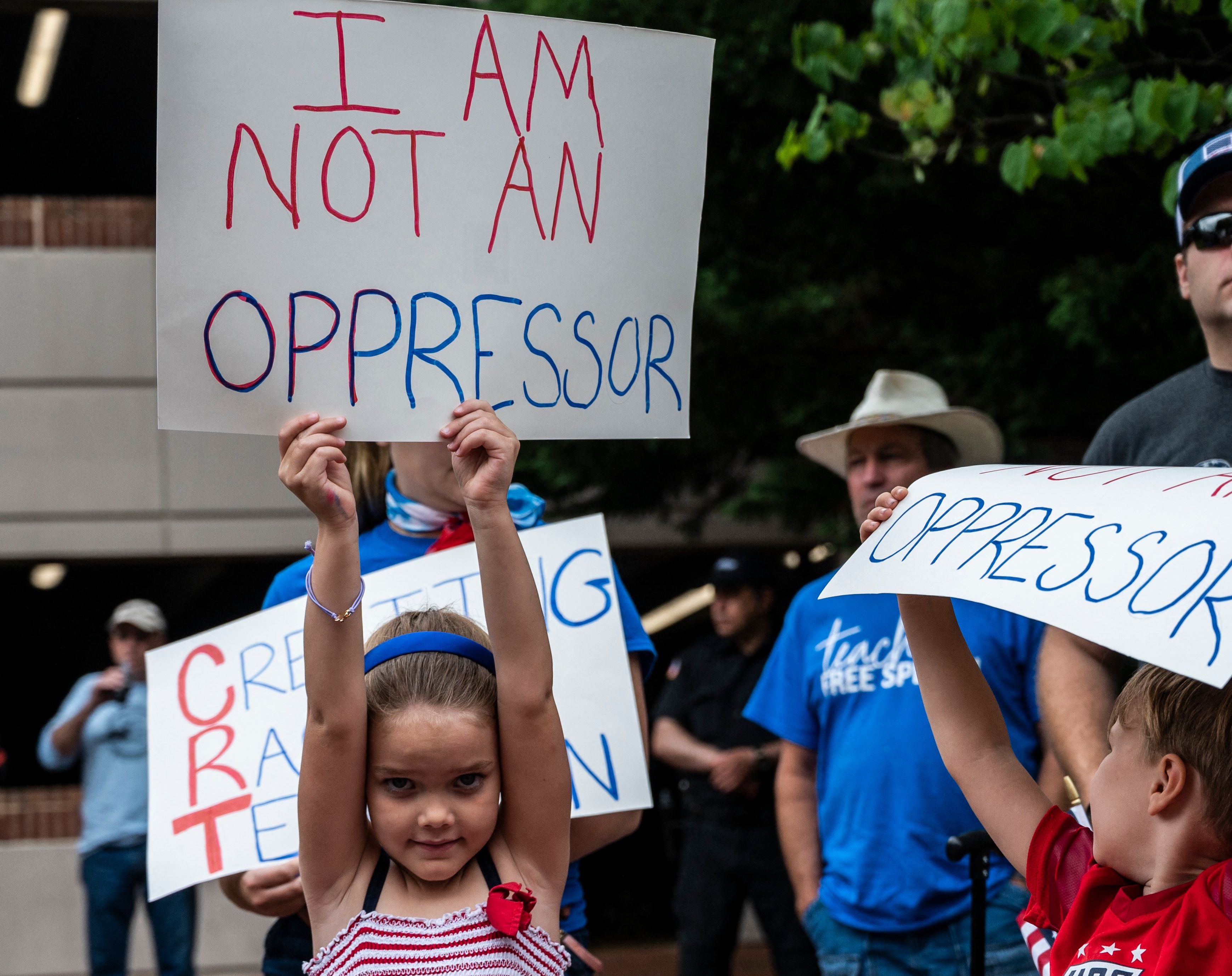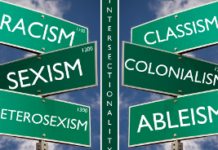
The following is a little taste of my upcoming book on Critical Race Theory. Chapter One focuses exclusively on the origins and applications of Critical Theory itself. It is, in my opinion, essential that people understand that the basic precepts of Critical Theory are unstoppable. The state of Florida, for example, has banned the use of Critical Race Theory in their schools by identifying several math books which have embedded the theory in their teachings in one way or another. While this may be a good first step, this doesn’t change the fact that Critical Theory itself has been deeply embedded in education, law, and other aspects of society for over seventy years. It is the tenets of Critical theory that led to the creation of Critical Race Theory. It is hoped that this will shed some light on the subject.
Critical Theory is the framework from which all critique of American society takes place. It is essential for those looking to take on the schools, and challenge the notion of CRT, to understand that Critical Theory itself is decades old and deeply embedded in our institutions. As mentioned earlier, it originated in The Frankfurt School, which was considered Germany’s first Marxist institution. How did it come to America? There are many ways to answer this question. There is a long, documented history of communist influence in our nation, some of which borders on the conspiratorial. Looking at the effects CRT, as well as transgenderism and queer theory are having on our children, communist influence is hard to dispute for those who study the subject. For example, the book, The Naked Communist, lists forty-five goals the communist party set for the takeover of America.[1] These goals include the promotion of homosexuality as natural and healthy and the discrediting of America’s founders on the grounds they were selfish aristocrats with no regard for the common people. For those who study Critical Theory and the communist influence in America, this is easy to see. For others, it paints a picture of whacked-out conspiracy theorists doing the crazy dance in their tinfoil hats.
According to an article entitled, Rethinking Critical Theory and Qualitative Research, found in the journal, Key Works in Critical Pedagogy,[2] the founders of Critical Theory left Germany and came to California when the Nazis took over. Kincheloe and McLaren claim that Max Horkheimer, Theodor Adorno, and Herbert Marcuse, the individuals known for developing Critical Theory, never came up with a unifying method of societal critique until witnessing, what they viewed as ̶ ̶ the contradicting nature of America’s definition of freedom and egalitarianism. They saw a nation steeped in racial and economic inequalities, and as a result, produced most of their work concerning Critical Theory while residing in the United States. It was the work produced by Herbert Marcuse, particularly concerning sexual liberation, which gave Critical Theory an inroad in American culture and education.
Conservative Americans understand that the radicals of the 1960s became today’s educators and politicians. This idea is reinforced in Kincheloe and McLaren’s article. It is these people, who they claim were enlightened and came of age during this time, who look to Critical Theory as a means of deconstructing the dominating and oppressing nature of capitalism through academia. They believe that a total reconstruction of social theory from a critical lens, and a reorientation of the social sciences, could lead to a more egalitarian and democratic society where there are no limits to human freedom.
When mentioning CRT, most people respond by saying it is Marxist indoctrination. It is, to a degree, but understanding the many facets, and different interpretations of Critical Theory, makes it a little more complex. Kincheloe and McLaren define Critical Theory from many viewpoints, some of which align with Marxist theory and others, that question it. For example, Critical Theory rejects the notion of Economic Determinism. This is the Marxist principle that suggests it is economics that drives people’s behavior, not free will. People make their decisions based on what economic conditions will serve them best. This is one of the caveats of the social power structure in traditional Marxist theory. Critical Theorists look beyond this and see race and issues of sexual equality as vehicles of power and oppression while acknowledging that they can never be completely separated from the economic aspect of social critique. Another facet from which Critical Scholars view society is called Critical Enlightenment. This is the view that society is made up of groups with competing power interests, with an emphasis on identifying who gains and loses power. Privileged groups, which in America would be white people, act out of an interest in preserving their own social power and status quo, which is a defining characteristic of social research from a Critical Theory perspective. Finally, and this will be discussed deeper in later chapters, is an examination of Antonio Gramsci’s concept of hegemony. According to Kincheloe and McLaren, understanding Gramsci’s theories of hegemony and counter-hegemony is essential in understanding power relationships, and how the dominant culture forces its influence on others in less privileged positions.
It is nice to think the Critical Race Theory can be banned on its basic premise that it is teaching our kids to hate their culture and country, however, until people realize it is but one application of Critical Theory, banning it will make little difference. Critical Theory is the framework from which other critical theories, like CRT, are developed. CRT is a framework for analyzing society based on Marxist ideas, as well as later theories that came about because of the failures of Marxist theory. Critical Theory scholars use the framework for constant critical analysis of society and its power relationships and institutions, along with issues of equality and hegemonic domination. As another example, the article, Social Criticism as a Medical Diagnosis: On the Role of Social Pathology and Crisis Within Critical Theory,[3] shows how these people can use the framework of Critical Theory itself, to analyze society in any way they choose. In this article, the author claims that because Critical Theory requires self-reflection for any corrective action to take place, it aligns with Freud’s theory of psychoanalysis. Again, making a comparison to Marx’s materialist philosophy, focusing exclusively on economics, Verosvek argues that this approach is not applicable because it fails to address the psychological reasons that issues like racism, or even sexual and gender oppression arise. His approach was to use Critical Theory as a psychoanalytic tool to diagnose these issues as social pathologies in need of psychological treatment.
The truth is that Critical Theory is tearing America apart, and not only from the perspective of race. Our children are being trained in the tenets of Critical Theory in all its aspects. It is through the lens of Critical Theory that American children are being exposed to concepts like white privilege and being beaten down with the belief that their country has failed to live up to its values. Students are presented with prevailing American beliefs and then they are smashed by equating them with negative connotations of racism, bigotry, sexism, homophobia, imperialistic greed, and anything else that can be used to demoralize their value system. They are literally trained through techniques that can best be described as value deprivation to hate their country. They are then presented with an alternative view, socialism.
Ayn Rand wrote in her essay, Our Cultural Deprivation,[4] that men’s values are the controlling mechanism in regulating their emotions. The absence of normal values, or experiences that equate to a normal value system, tends to lead to a state where man’s consciousness is paralyzed. This is what we are witnessing today, as children are coming out of their formative schooling lacking the values and beliefs typically associated with Americanism. She writes that men derive their sense of value from feelings of pleasure. Conceptually speaking, the belief that we belong to a culture that espouses individual liberty, and equality of opportunity would give principled men a sense of pleasure pertaining to their role within this society. “As pleasure emotionally entails a sense of efficacy, so pain emotionally entails a sense of impotence. In letting man experience, in his own person, the sense that life is a value, and he is a value, pleasure serves as the emotional fuel for man’s existence” (Rand, 1966). What she is arguing is that men can be destroyed by depriving them of a sense of value. By exposing our children to the tenets of Critical Theory, and mainly, CRT, they are destroying any possibility of our children developing a positive self-image that can be associated with our nation. They are training our children to hate themselves and the culture they are a part of it. The result will be a generation of Americans who see no need to fight for America, and as we are seeing today, are willing to actively advocate for her demise.
Don’t forget to check out my other book, Without a Shot Indeed: Inducing Compliance to Tyranny Through Conditioning and Persuasion.
[1] Skousen, W. C. The Naked Communist (1958) Salt Lake City, Utah. The Ensign Publishing Company. The Naked Communist : W. Cleon Skousen : Free Download, Borrow, and Streaming : Internet Archive
[2] Kincheloe, L, J. & McLaren, P. (2011) Rethinking Critical Theory and Qualitative Research. Key Works in Critical Pedagogy, 32, pp. 285-326. Rethinking-Critical-Theory-and-Qualitative-Research.pdf (researchgate.net)
[3] Verovsek, P. J. (2019) Social Criticism as a Medical Diagnosis: On the Role Social Pathology and Crisis Within Critical Theory. Thesis Eleven, 155(1) pp. 109-126. Social criticism as a medical diagnosis? On the role of social pathology and crisis within critical theory (whiterose.ac.uk)
[4] Rand, A. (April 1966) Our Cultural Deprivation. The Objectivist Our Cultural Value-Deprivation (aynrand.org)
























